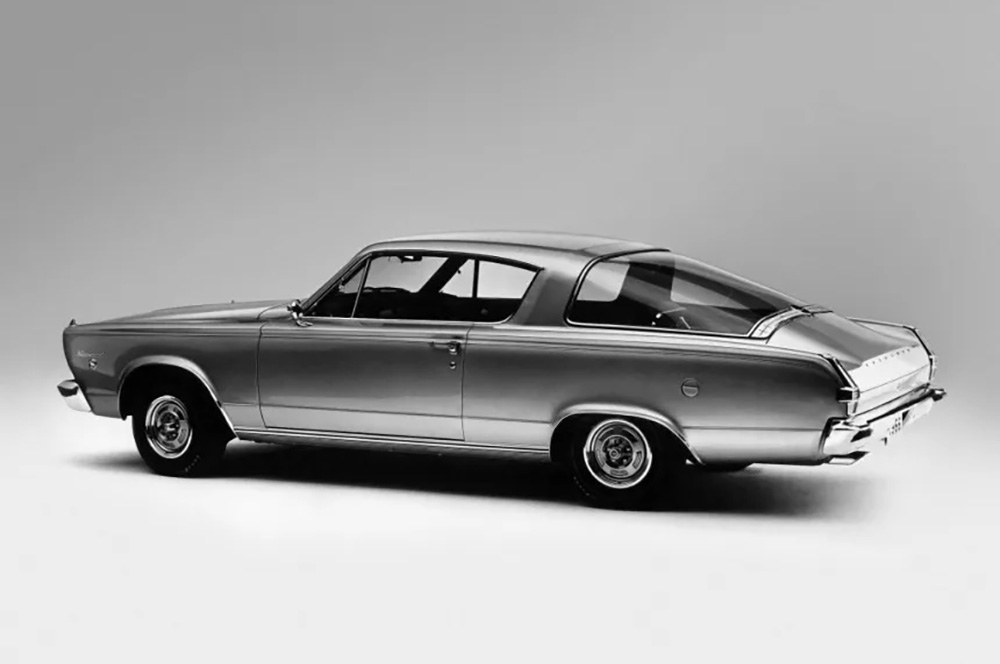Plymouth had the idea of sporting up the Valiant for a little while, and Ford’s efforts with the Mustang concepts convinced them it was a good idea. Using the inexpensive Valiant as the starting point, Plymouth designed a sporty, fastback-styled body for the new Barracuda, a car that was originally going to be named Panda. Unlike the Mustang, which didn’t outwardly promote that it was based on the Falcon, the Barracuda was obviously related to the Valiant, but the fastback gave it a very slick look.
1964-1966 first generation Barracuda
When Plymouth introduced the Barracuda, it didn’t create the stir the company was hoping for, and just 23,433 were sold that first year. However, being released in April of 1964, it debuted in a truncated year. Regardless, it served as a shot in the arm for the division, and attracted people to showrooms, which was largely what Plymouth needed at the moment. For 1965, sales improved nicely with 64,596 sold, but word of an all-new body design for 1967 slowed 1966 sales to 38,029.
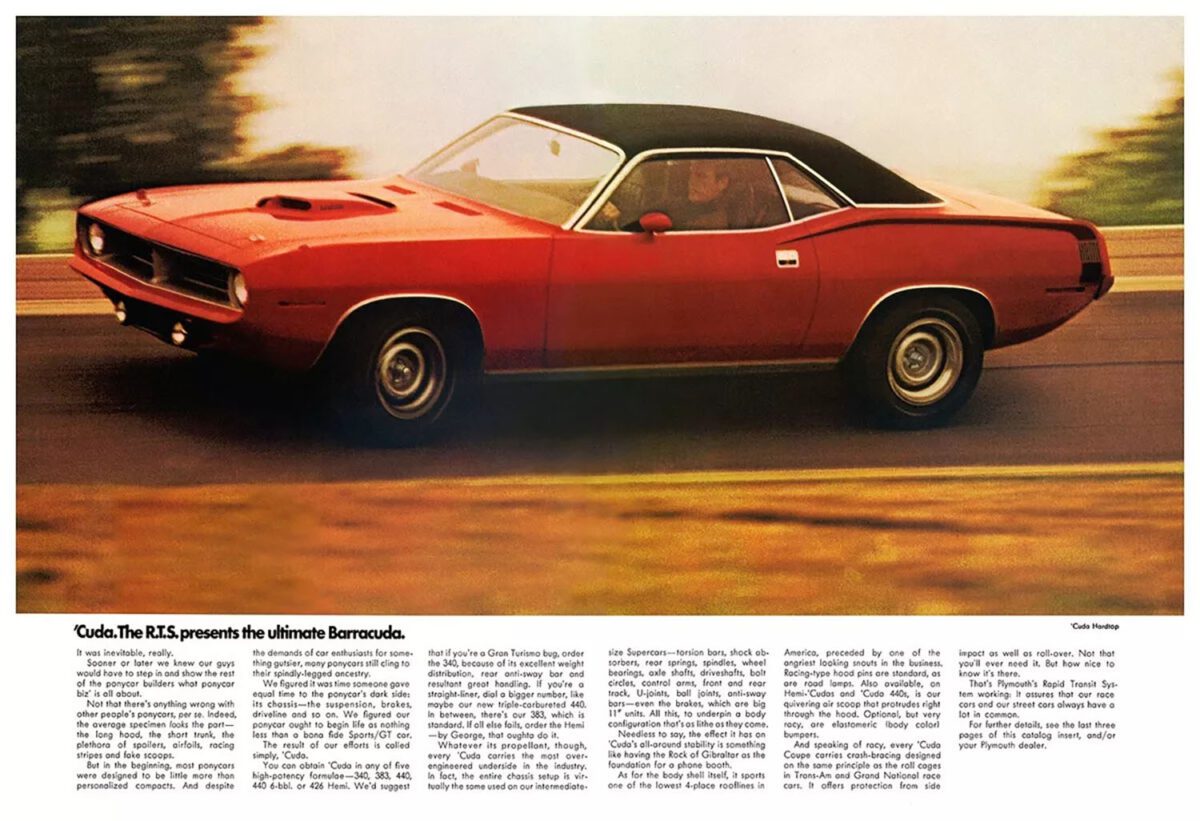
What engines did the Barracuda have?
Initially, the Barracuda was available with two versions of the Slant Six, either in 170 CI or 225 CI variants with 101 or 145 HP respectively. Stepping into the V-8s, the most powerful option was the new 273 CI engine with a 2-barrel carburetor and 180 HP. For 1965, the Barracuda Formula S would be introduced packing a 273 with a 4-barrel carburetor, higher compression, and modified internals for a respectable 235 HP. The Formula S also begat larger wheels and tires, a tachometer, and an upgraded suspension providing flatter cornering and a stiffer ride. The Formula S package was indeed a popular seller and each year a fair percentage of Barracudas were equipped with it.
Barracuda back glass
One of the most eye-catching things of the new Barracuda was the huge rear window that wrapped around the roof of the car. A true accomplishment in glass engineering, Plymouth worked with Pittsburgh Plate Glass (PPG) to design and make the dramatic window, which interestingly helped the Barracuda achieve a lovely front-to-rear weight balance.
While the fastback body took away from the Valiant look, the nose and interior were hugely styled in the Valiant fashion. But bucket seats were standard, optional on Valiant, and a variety of colors were available, mostly in brighter colors that marketing felt would appeal to the younger generation. Interestingly, though, Plymouth wasn’t only marketing to the youthful crowd. Ads encouraged people to check out the Barracuda because it was a fun, inexpensive, well-equipped, well-thought-out car that appealed to many. It really was a Valiant effort.
1967-1969 second generation Barracuda
For 1967, the Barracuda would be restyled, gaining much of its own identity. Available as a notchback coupe, a fastback, or a convertible, the overall look was highly chiseled and sharp. It would be available with a 280 HP version of the 383 CI big block V-8, edging it more closely into the realm of the muscle car and allowing it to better compete with the likes of the Ford Mustang, which was now available with a 390 CI V-8 engine, and the all-new Chevrolet Camaro and Pontiac Firebird, both of which were available with a lot of optional engines and power packages. With all this competition, the Barracuda had its work cut out for it. It was obvious the pony car wars were hot and largely initiating the muscle car wars.
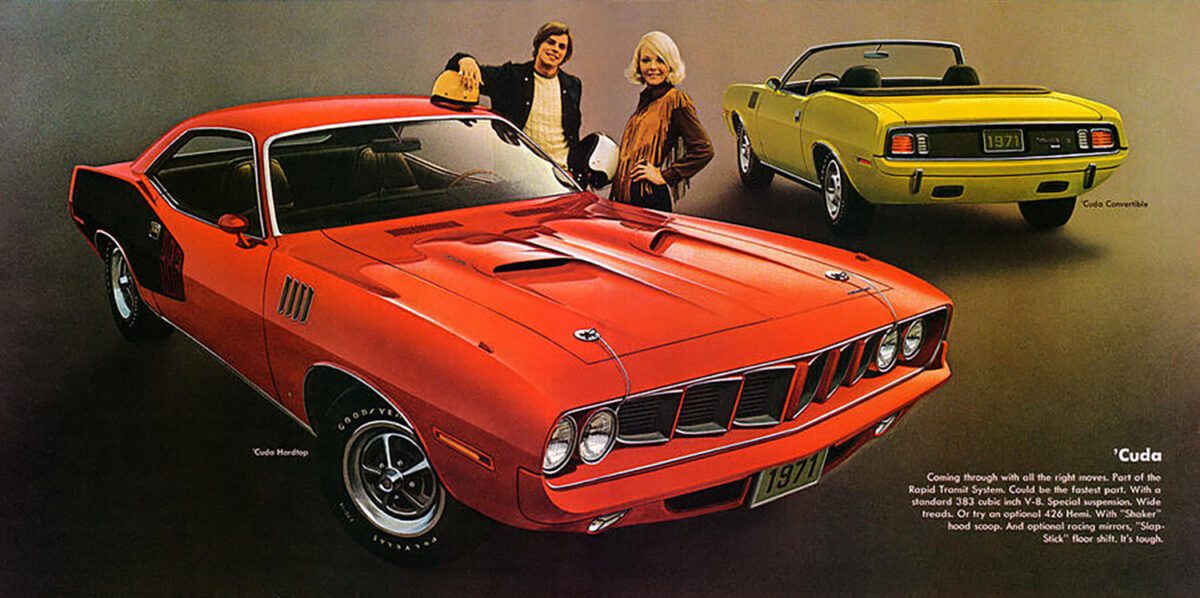
In 1968, the base 273 would be dropped in favor of the 318 CI V-8 engine and the new 340 CI V-8 would also make a debut. The 383 would be modified close to the Super Bee and Roadrunner specs producing 300 HP.
For 1969, the Barracuda would gain the option of the massive 440 Super Commando V-8, and the 383 would now pack 330 HP. The 318 remained the entry-level V-8 and the 340 largely remained the one the press and public liked the most, offering exceptional balance and handling. While the 440 was exciting and an absolute power hitter, it was said to be very hairy to drive, thanks to the lightweight and small body. Feeding into the growing muscle car craze, customers could build on the Formula S package with the new ’Cuda package. This would be the most aggressive performance package yet, with either the 340, 383, or 440 available.
First generation Barracuda values
Interestingly, while the 1970-1974 Barracuda seem to bring all the attention, these Barracudas have a kind of cult following, which keeps values healthy. Of course, the rarer the more valuable, and often times the restomods bring a nice return on investment too – nothing like modern air conditioning, aluminum radiators, power steering, power brakes, etc to make a car drive more nicely and simply be more enjoyable to bring the value up a bit.
But, all things told, the old rule applies – rarity and condition are king. It seems the bigger engines will always be more desirable, while the small blocks are often overlooked and underrated. However, in moments of surging fuel prices, that trend can turn.
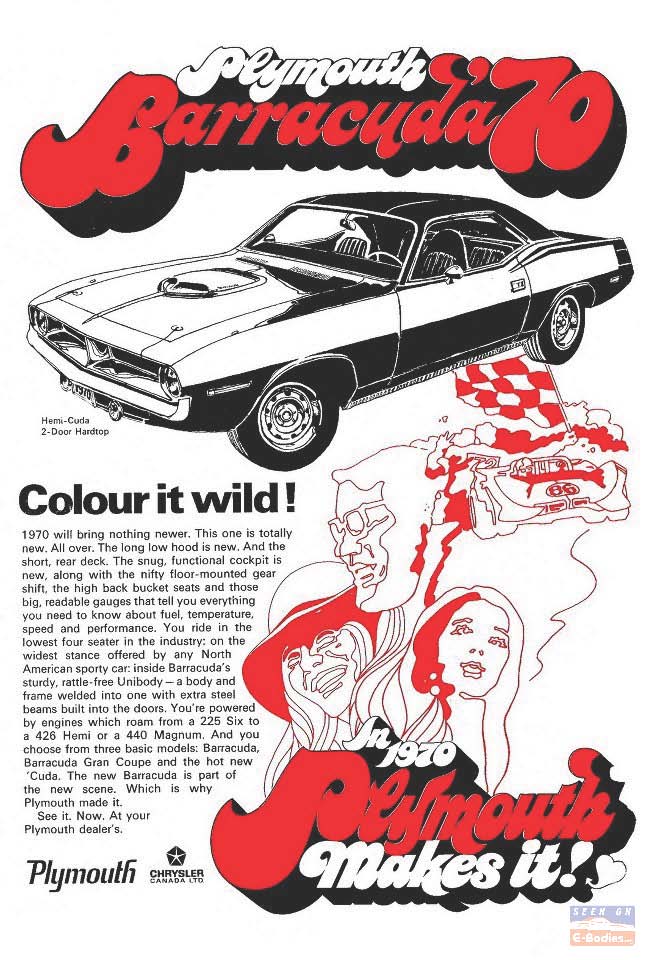
Why do we like early Barracudas?
They’re kind of an oddball in the grand scheme of things. They beat the Ford Mustang to the market by a couple of weeks, they beat the Dodge Charger to the market by a couple of years, they gave Plymouth a shot in the arm and allowed the company to exhibit its talents at creating a car for the youth market, and did very well. While Mustang outsold it by a huge margin, that wasn’t the point of the Barracuda. Of course, Plymouth would have loved additional sales, but the company was also looking to simply engage with a broader market. Bottom line, it was an important car to Plymouth and ChryCo.
That said, while the 440 and 383 are all the rage, reading old magazine reviews of the original 1964-1969 Barracuda will show that the engine of choice was usually the 340 Formula S. Simply put, it was more fun to drive – the big blocks gave a lot of grunt-and-go, and they were impressive, but when it came to outright handling and enjoyability, the small blocks were the way to go.
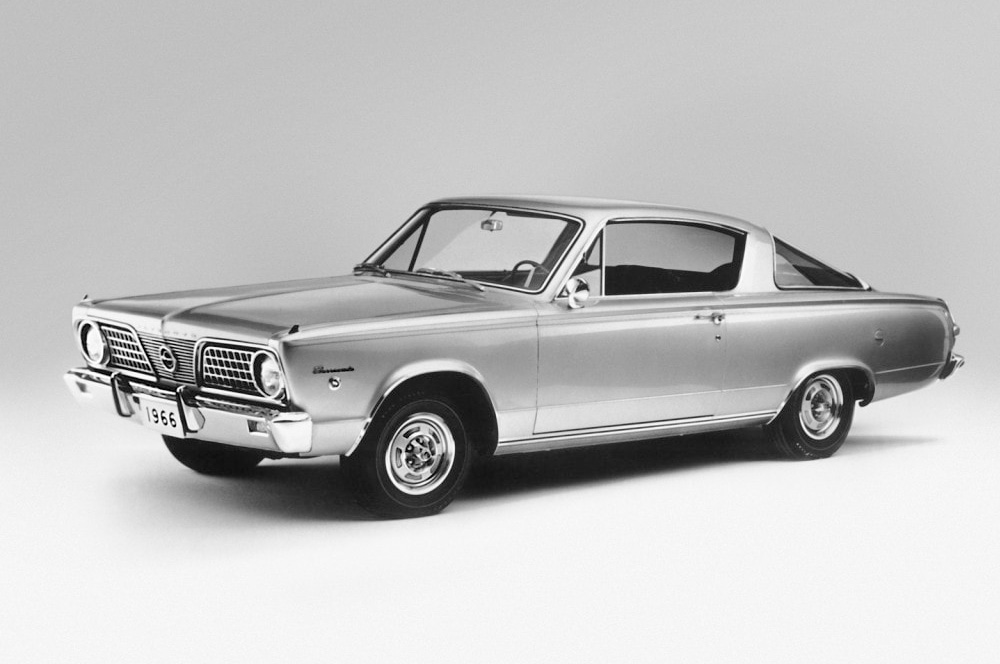
A-Body Plymouth Barracuda
The days of fuselage styling
For the 1970 model year, Plymouth Barracuda would shed its pony car image for a much more robust, aggressive body design that reflected the way of Chrysler styling to come, what ChryCo referred to as fuselage styling. For Barracuda, that meant a simpler, wider body with sides that had a slight bulge running the length of the car. It would be a very unpretentious looking car, compared to Barracudas of the past – it would have a huskier look which gave an intimidating vibe. The front end would be cleanly styled with a headlight at each side of the full-width grille. At the end of the door, the body would have an uptick, which would also engage in a slightly wider bulge around the rear wheel wells, for a very muscular look.
The interiors would be simple, but very modern with acres of plastic lining the dashboard and door panels. Depending on the package a buyer chose, the instrument cluster could be simple and to the point or feature a number of useful gauges providing loads of vehicle vitals. Simulated woodgrain was also available. Like many pony cars and muscle cars, the checkbook was the limit on accessories and options. The Barracuda was no different. Buyers could even choose a unique vinyl top in a floral pattern which would match the interior insets. It was the 1970s, after all.
For 1971, Plymouth would bring about four headlights and a grille made up of multiple ports creating a kind of cheese grater look, vents on the front fenders, unique taillights, and other minute details setting itself up as a one-year only offering. Interestingly, for 1972, the overall look would largely return to the original styling of the 1970.
For 1975, designers and engineers were working on an all-new body for the Barracuda, with aerodynamic styling inspired by the Plymouth Superbird. But, it was never to be, largely thanks to a changing marketplace for performance vehicles revolving around the gas shortage, insurance safety regulations, efficiency standards, and emissions requirements.
